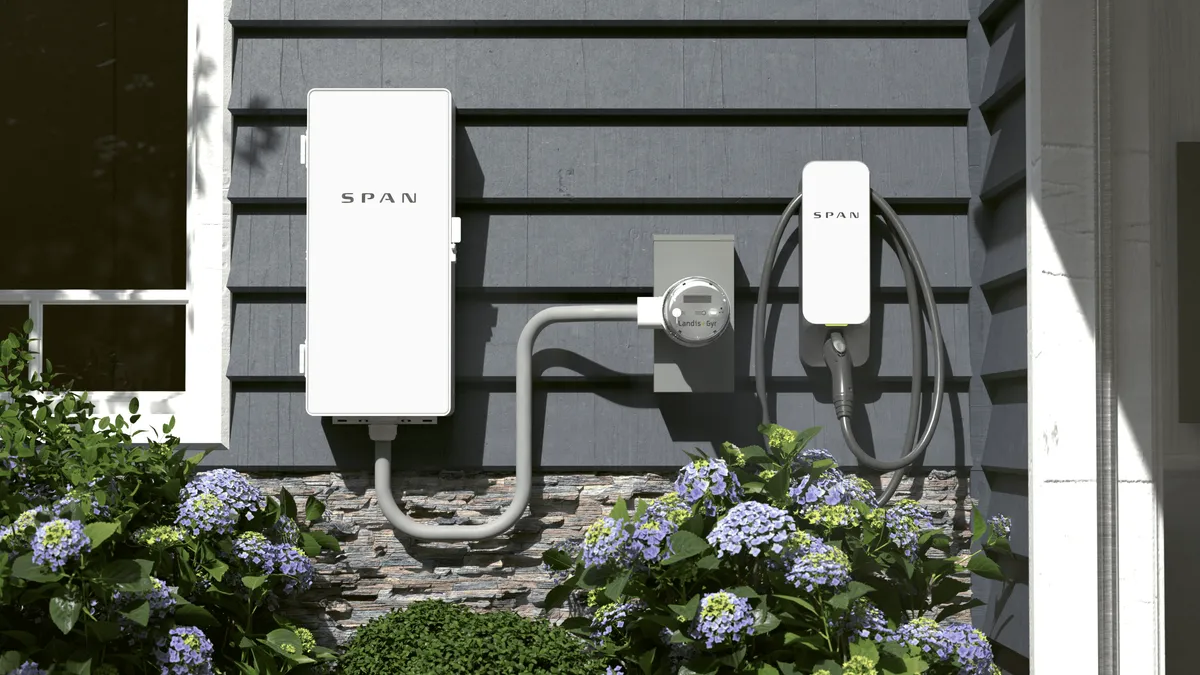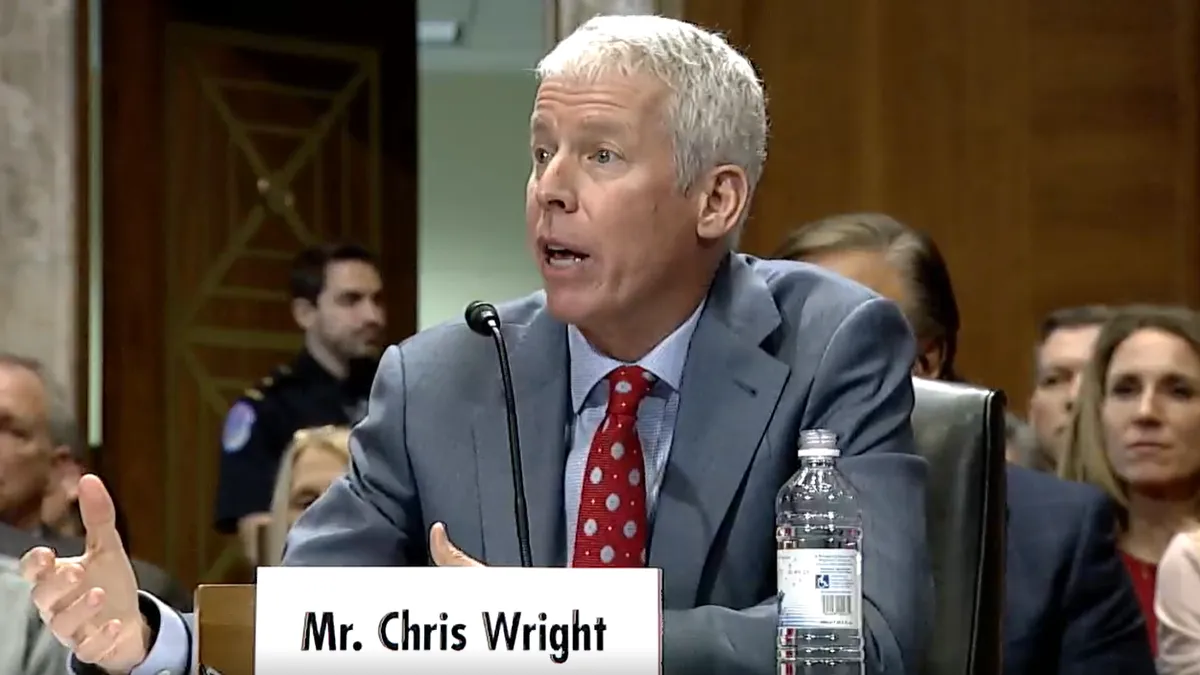When Commonwealth Edison announced in May that it had expanded its summer load control program and was partnering with Xfinity and Nest Labs on a thermostat incentive, the size of the program belied the significant shift it represents.
The program caps enrollment at 10,000, and ComEd serves almost 4 million customers in Illinois. But it represents a shift in the utility's business model – from power delivery to platform provider for distributed resources – and in partnering with other companies the electric provider is at conceding it can't, and shouldn't, do everything itself.
“It's like other transformations, in the sense that it is being driven heavily by customer experience and expectation and demand,” said Val Jensen, senior vice president of customer operations at ComEd.
The utility, said Jensen, is beginning to build a “distribution-utility platform that enables our customers to do what they want on that network. We expect this is the leading edge of the trend toward increasing customization of the network and the increasing ability for customers to operate distributed energy resources at the edge of our network.”
That could involve storage, on-site generation or renewable power. ComEd, Jensen said, is interested in “drawing the customer onto our platform and understanding how they might want to use it.”
The Program
Last year ComEd partnered with Nest, offering a $100 rebate for equipment in addition to providing bill credits. But as the utility looked to expand its offerings, it reconsidered how the program was being run.
“This year we decided to see how it would work if we dropped the equipment inventive … and allow the third parties — Nest and in this case Xfinity/Comcast — to do the marketing themselves,” Jensen said. “We essentially turned over the marketing and the direct-to-customer proposition to companies we believe are probably better at making that pitch to the customers than we are.”
Residential customers who have a Nest Learning Thermostat, and then enroll in Nest’s Rush Hour Rewards, or have an Xfinity Home Thermostat and enroll in the Xfinity Home Summer Energy Management program, receive $40 in incentives from ComEd. Xfinity customers who enroll can receive a free thermostat.
In return, the programs will make adjustments to home temperatures to better manage load at peak hours. While the programs are still small, they are growing, and Jensen said handing over the marketing means more customers are being made aware.
While ComEd does not have official enrollment numbers yet, Jensen said “we're seeing quite a bit of interest and I think it's because these programs are not being marketed just by us. They're being marketed by Nest and Comcast and others, and they actually understand what their customers are doing and are more successful when it comes to marketing these products.”
Cheaper demand response
The program allows for demand response, but of a different type. Not quite as reliable as installing utility-controlled switches, but cheaper and attracting more customers while also improving their experience.
“From our perspective this is a less expensive way to develop demand response,” Jensen said. “Now, it may not be quite as reliable, in that we don't have a switch where we can just shut off someone's air conditioner. It requires more of a behavioral response from customers, but by the same token it's a lot cheaper for us.”
ComEd doesn't need to send a truck to a customer's home, they don't need to install a switch, and they don't have to pull the switch when the cusyomer moves.
“We think this is a bring-your-own device introduction for us,” Jensen said. “We believe that the world is moving in that direction.”
The utility does have traditional switch-based demand response programs. All told though, ComEd is still scaling up its residential load control and bids only about 80 MW to 88 MW into the PJM market annually. “These programs are still relatively small,” Jensen said.
But as they become more cost effective, and as the means to market them spreads, Jensen said their potential rises.
“Our cost now is simply incentive cost, effectively, because Nest and Comcast handle installation,” Jensen said. “We also don't operate the paging network.” ComEd's switches run on a proprietary paging network, and Jensen said that “long-term we don't think that is going to be a sustainable solution, so we need to find a way to get off that paging network.”
The shift is on
The partnership between a major utility, smart thermostat company and internet and TV service provider represents another step in the evolution of an industry that many have been predicting for years. Distributed generation, battery storage, rooftop solar and electric vehicles will all potentially work together on a an integrated, plug-and-play grid, industry watchers say. Enhancing the ability of the consumer to interact with the utility, control their energy usage and utilize distributed and behind-the-meter resources will be essential for power companies attempting to optimize all of the new resources available on the grid.
GTM Research has often focused on the topic, concluding that how the grid evolves will depend on a variety of factors. “As with any transformation, this change will not be linear and systematic,” the firm predicted in a white paper earlier this year.
Steve Propper, who manages Greentech Research's grid edge program, said utilities finding alternate revenue streams as a way to take advantage of their new position while at the same time making up for declining power sales.
“You're slowly pushing the utility into being a platform provider, and if they become a platform provider they can provide a lot more services,” Propper said.
Navigant came to similar conclusions as well, determining in research on what it calls the “Energy Cloud” that “the end result of this transformation is a reimagining of how we generate, store, and consume energy in the next 20 years.”
Not to say all that starts with a thermostat, but for Commonwealth Edison the summer incentive program – and how it is being run – is an important step into the new utility economy where revenue streams will need to be diversified, and outsourcing some services may be the most cost-effective way to serve customer needs.
“We see our market changing, and we see our customers' expectations changing,” Jensen said. “Our goal is to make the customer experience as smooth as possible with whatever device they might choose.”
“I'm not sure we know where this market is going at this point,” Jensen said. “I can imagine there being a market for gateway devices. Customers will be able to purchase a device from a vendor, which can be connected to our meter, in real-time essentially pushing it up to the cloud for the customer to do essentially whatever they choose to do.”























